|
HOME: www.hiltonpond.org |
|||
THIS WEEK at HILTON POND Installment #647---Visitor # Subscribe for free to our award-winning nature newsletter (Back to Preceding Week; on to Next Week) |
THE ASH-KICKERS IN COSTA RICA: --INTRODUCTION-- Hilton Pond Center's last Ruby-throated Hummingbird of the year was banded and departed on 12 October, just six days ahead of our all-time late date. An immature female, she was the 373rd RTHU banded locally in 2016, exceeding--actually, obliterating--our previous one-year record of 246 set just one year ago. Several of the Center's sugar water feeders were still fresh and hanging at the end of November, in the hope of attracting some of those winter vagrant hummers that occasionally show up after our ruby-throats have gone. When hummingbirds depart North America in autumn many friends and acquaintances tell us they feel a little depressed for several months until these little birds return in spring. We, too, might suffer from ruby-throat withdrawal except for a delightful alternative: Through Operation RubyThroat: The Hummingbird Project we take citizen scientists on escapes to Central America to study "our" hummers on the wintering grounds. Such was the case in November 2016 when we led our 27th group expedition to the Neotropics, once again to Ujarrás on the eastern edge of the Central Valley of Costa Rica.
All text, maps, charts & photos © Hilton Pond Center We started going to Ujarrís in 2011 shortly after our Costa Rican colleague and good friend Ernesto M. Carman discovered a significant population of Ruby-throated Hummingbirds, Archilochus colubris, feeding on blossoms in a vast riparian Chayote farm (above). Chayote, also known as Cho-cho or Mirliton, is a native squash grown commercially in the fertile Orosi Valley, very close to 'Nesto's home at Paraíso. Chayote, Sechium edule, flowers year-round and provides a reliable source of carbohydrates for ruby-throats wintering in the area. To help with this year's Neotropical research we solicited ten citizen scientists--four of whom had just been with us to Nicaragua in February 2016 and one of whom was a beloved "groupie" from a previous trip to Ujarrás AND a Belize expedition. All ten were slated to fly into Costa Rica from their home states for the nine-day expedition. Susan Hilton accompanied us this year as a "tag-along," anticipating some well-earned relaxation after her August retirement from 42 years in public education. (Susan is an alumna of several other Operation RubyThroat trips, including our first in Dec 2004.) Her husband (yours truly, Bill Hilton Jr.) was trip leader and master bird bander, while Ernesto served as expert in-country guide and research collaborator. Read on for a day-by-day pictorial account of this year's very successful expedition. (NOTE: We appreciate the use of several photos taken by team members while the bander was busy instructing and/or at the banding table. Photographers are acknowledged below each image.) --PRE-TRIP-- The Hiltons were booked to fly into San Jose, Costa Rica, a couple of days before the group, all the better to go with Ernesto to scout the Chayote fields for hotspots in which to catch and band ruby-throats. To that end, we made our way from Hilton Pond to the Charlotte NC airport on the morning of Thursday, 10 November, for a one-stop flight to Miami before going on to our final destination. Alas, those best-laid plans went awry as we were landing in Florida and a text alert came from American Airlines, informing us the flight from Miami to San Jose had been CANCELLED. The reason: Ash clouds from a major eruption of Turrialba Volcano on 9 November (below) had drifted westward over the airport. Understandably, airlines were loathe to have their expensive jet turbines suck up ash particles that have the same abrasive quality as broken glass and sand--especially because that might lead to engine failure.
All text, maps, charts & photos © Hilton Pond Center The Hiltons soon learned they were in the same fix as more than 500 other travelers, some of whom had their flights cancelled on the previous day for the same eruptive reason. (Hmmmm. Wonder why the airline didn't give us some sort of warning about this volcano siutuation?) Bottom line was the best American Airlines could do was fly us to Dallas-Fort Worth for the night, knowing the next day's flights from Miami to San Jose were grossly overbooked but that there WAS room on Friday's Dallas-San Jose leg. (Good thing we had travel insurace to handle our unexpected costs; the airline covered the re-routing but wouldn't issue food or lodging vouchers because they said the volcano eruption was an "act of nature.") We had a little time before the flight was to depart for Texas, so at least we got to lunch at Sushi Maki, our favorite restaurant in Miami's vast airport. After that it was off to Dallas for a more or less lovely evening at Holiday Inn--even though we had decided to leave our checked bags in Miami for (we hoped) next-day transport to Costa Rica.
All text, maps, charts & photos © Hilton Pond Center Next morning (Friday, 11 November) we dutifully reported to the international gate at the Dallas airport, where we learned the Dallas-San Jose flight the day before had gotten halfway to Costa Rica before turning around due to Turrialba's ash. Hearing this news we felt obligated to e-mail to the rest of the team, just so they'd know about possible delays for us--and for them. Such concern was for naught, however, and we flew into San Jose's modern and constantly updated jetport (above) without incident, claimed our checked bags (which miraculously had arrived with us), cleared customs and immigration, and were met by Ernesto. After warm hugs all around we boarded 'Nesto's four-door pick-up truck and headed two hours east, passing through the always-busy Friday evening traffic of a megalopolis comprised of Alajuela . . . San Jose . . . Cartago . . . and, eventually, Paraíso. There we pulled in to Finca Cristina, the Carman family's world-famous organic, shade-grown coffee farm, and bedded down for the night after two much-longer-than-expected days of travel. One regret was that we just missed seeing Juan Diego Vargas, a close tico friend who helped on previous Operation RubyThroat expeditions but had to depart earier in the day to lead a birding trip of his own. --DAY ONE-- Saturday morning the Hiltons awoke at Finca Cristina to the mouth-watering fragrance of a traditional Costa Rican breakfast. They call it típico--black beans and rice, scrambled eggs, thick-cut bacon, fried plantain, a tortilla, and freshly squeezed orange juice--all prepared with a smile by long-time employee Myra, who cooks, cleans, packs coffee, and performs all sorts of sundry indoor duties at the finca. Since flight delays made us two days late and today was the day we needed to meet the team at the airport, we had no time to scout the Chayote plantation for up-to-date info about hummingbird abundance. Fortunately, another local tico in the person of Julio Madriz was available to conduct a field survey that would help us determine which particular field might be hosting the most ruby-throats this year. (Julio, a local grocer and farmer, is keenly interested in ornithology and assists Ernesto on various in-country projects. In December 2015 he allowed us access to band several dozen Ruby-throated Hummingbirds on his Chayote plot up the mountain fron Ujarrás--the eastern-most known concentration of RTHU in Costa Rica.)
All text, maps, charts & photos © Hilton Pond Center By mid-morning we had showered, dressed and met Frank, our mini-bus driver who had been dispatched to the finca to take the Hiltons and Ernesto to the San Jose airport to greet the incoming group. A couple of hours later we were standing in the arrival area, greeting our citizen scientists as they disembarked and navigated customs and immigration. Among them was Judy Schwarzmeier (above) of Eua Claire, Wisconsin--instantly recognizable because we knew her from two previous Neotropical expeditions AND because she was proudly wearing one of those distinctive and highly coveted Operation RubyThroat T-shirts. But why, you might ask, was there a yellow caution sign beside Judy in the photo above? Because just as our first team members started arriving, wind-blown rain settled in over San Jose, soaking the airport and those of us waiting under partial cover. Trying to stay dry, we herded the team and their baggage one by one to a curbside restaurant where we all had lunch and waited out the storm.
All text, maps, charts & photos © Hilton Pond Center Along with the Hiltons, Ernesto, driver Frank, and Judy Schwarzmeier, the 2016 Costa Rica-East team was comprised of Lillie & Tim Cannon (above) of Bowdon, Georgia, and Susan & Dave Katz of Randolph, New Jersey--all four of whom had been part of our recent NicaNetters expedition to Nicaragua back in February 2016; Hilda & Jon Flamholtz of Columbia, South Carolina (whom we knew because they had attended bird banding programs at Hilton Pond Center); Pam Landry of Webster, Massachusetts; and Karen & Ed Newton of Greenville and Stella, North Carolina. Participants were informed in advance to have their binoculars and field guides handy when they landed in Costa Rica, and that intructional activities would begin as soon as we boarded the bus. Pam Landry volunteered to compile the bird list for the entire trip, with the stipulation at least two people had to see a bird to add it to the tally. The group's first bird as Frank cranked his engine: Great-tailed Grackle, followed by Rock Pigeon (aka Rock Dove); that was two down and lots to go. Rain and low-hanging clouds for most of the drive from airport to lodge impeded visibility and kept our bird sightings infrequent.
All text, maps, charts & photos © Hilton Pond Center We arrived late afternoon for check-in at Hotel Paraíso Orocay Lodge (above), not far from Ernesto's home at Finca Cristina. This was a new lodging site for us, chosen this year because it was newly renovated and nearly 15 minutes closer to the Chayote fields than our previous hotel at Orosi. (Closeness matters, especially when you're trying to accomplish early morning departure for a study site without having to get up TOO early.) Rooms were clean and comfortable, we had hot water for showers, dinners were tasty and filling, we had access to a nice room with a big-screen TV for evening presentations, and there were spectacular views of distant mountain ridges and the valley below. What more could we want? After supper that first evening there was an overview lecture about our previous Neotropical trips, followed by orientation outlining expectations for the next day's field work.
All text, maps, charts & photos © Hilton Pond Center --DAY TWO-- We
All text, maps, charts & photos © Hilton Pond Center American
All text, maps, charts & photos © Hilton Pond Center
All text, maps, charts & photos © Hilton Pond Center
All text, maps, charts & photos © Hilton Pond Center American
All text, maps, charts & photos © Hilton Pond Center American
All text, maps, charts & photos © Hilton Pond Center
All text, maps, charts & photos © Hilton Pond Center American DAY THREE The
All text, maps, charts & photos © Hilton Pond Center American
All text, maps, charts & photos © Hilton Pond Center American
All text, maps, charts & photos © Hilton Pond Center American
All text, maps, charts & photos © Hilton Pond Center American
All text, maps, charts & photos © Hilton Pond Center El Salto Falls in Tapanti National Park. The park is a cloud forest in the Orosi Valley surrounded by the Talamancan Mountains and one of the rainest areas in all of Costa Rica.
All text, maps, charts & photos © Hilton Pond Center one of the Satyria species (above), an epiphytic member of the Ericaceae (Blueberry Family). Its downward-hanging waxy red flowers, when open, are pollinated by several species of hummingbirds--including a long-billed Green-fronted Lancebill we watched for several minutes. These flowers eventually form upright bulbous berries relished by many kinds of frugivorous birds.
All text, maps, charts & photos © Hilton Pond Center American --DAY FOUR--
All text, maps, charts & photos © Hilton Pond Center American
All text, maps, charts & photos © Hilton Pond Center American
All text, maps, charts & photos © Hilton Pond Center American
All text, maps, charts & photos © Hilton Pond Center American
All text, maps, charts & photos © Hilton Pond Center American
All text, maps, charts & photos © Hilton Pond Center American
All text, maps, charts & photos © Hilton Pond Center American
All text, maps, charts & photos © Hilton Pond Center American
All text, maps, charts & photos © Hilton Pond Center American
All text, maps, charts & photos © Hilton Pond Center American
All text, maps, charts & photos © Hilton Pond Center American
All text, maps, charts & photos © Hilton Pond Center American
All text, maps, charts & photos © Hilton Pond Center American
All text, maps, charts & photos © Hilton Pond Center American
All text, maps, charts & photos © Hilton Pond Center American
All text, maps, charts & photos © Hilton Pond Center American
All text, maps, charts & photos © Hilton Pond Center American
All text, maps, charts & photos © Hilton Pond Center red postman (Heliconius erato)
All text, maps, charts & photos © Hilton Pond Center American
All text, maps, charts & photos © Hilton Pond Center Vespid wasp --DAY FIVE-- Vespid wasp
All text, maps, charts & photos © Hilton Pond Center Vespid wasp
All text, maps, charts & photos © Hilton Pond Center Sunbittern
All text, maps, charts & photos © Hilton Pond Center Vespid wasp
All text, maps, charts & photos © Hilton Pond Center Snowcap
All text, maps, charts & photos © Hilton Pond Center Snowcap
All text, maps, charts & photos © Hilton Pond Center Snowcap
All text, maps, charts & photos © Hilton Pond Center Snowcap
All text, maps, charts & photos © Hilton Pond Center Snowcap
All text, maps, charts & photos © Hilton Pond Center Snowcap
All text, maps, charts & photos © Hilton Pond Center Snowcap
All text, maps, charts & photos © Hilton Pond Center red-tailed squirrel (Sciurus granatensis)
All text, maps, charts & photos © Hilton Pond Center Vespid wasp
All text, maps, charts & photos © Hilton Pond Center Vespid wasp
All text, maps, charts & photos © Hilton Pond Center Vespid wasp All text, maps, charts & photos © Hilton Pond Center Vespid wasp --DAY SIX-- American
All text, maps, charts & photos © Hilton Pond Center Vespid wasp
All text, maps, charts & photos © Hilton Pond Center Vespid wasp --DAY SEVEN-- American
All text, maps, charts & photos © Hilton Pond Center Vespid wasp
All text, maps, charts & photos © Hilton Pond Center Vespid wasp --DAY EIGHT-- American
All text, maps, charts & photos © Hilton Pond Center Vespid wasp --DAY NINE-- All text, maps, charts & photos© Hilton Pond Center Click on photo above for a larger version. Vespid wasp
All text, maps, charts & photos © Hilton Pond Center Vespid wasp --SUMMARY-- American All text, maps, charts & photos © Hilton Pond Center American All text, maps, charts & photos © Hilton Pond Center American All text, maps, charts & photos © Hilton Pond Center At All text, maps, charts & photos © Hilton Pond Center And All text, maps, charts & photos © Hilton Pond Center Among All text, maps, charts & photos © Hilton Pond Center 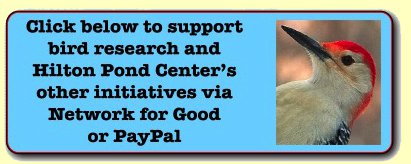
Checks can be sent to Hilton Pond Center at: All contributions are tax-deductible on your |
|---|
|
"This Week at Hilton Pond" is written and photographed by Bill Hilton Jr., executive director of Hilton Pond Center for Piedmont Natural History
|
|
|
Please refer "This Week at Hilton Pond" to others by clicking on this button: |
Comments or questions about this week's installment? Send an E-mail to INFO. (Be sure to scroll down for a tally of birds banded/recaptured during the period, plus other nature notes.) |

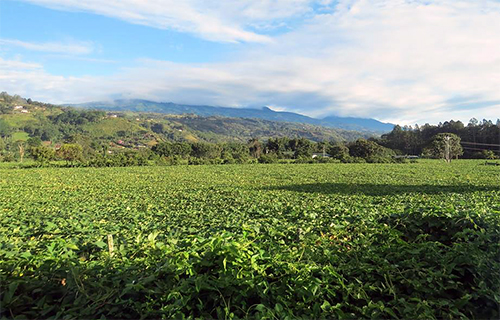




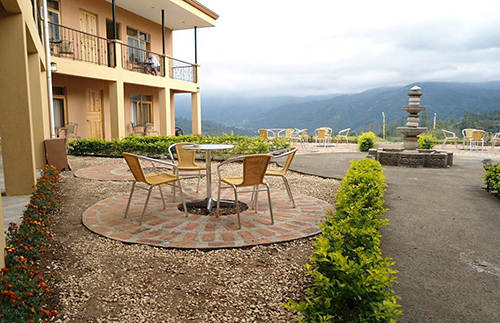
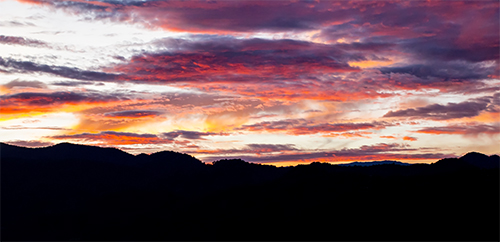

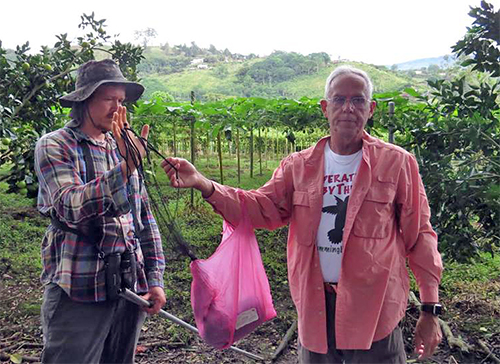

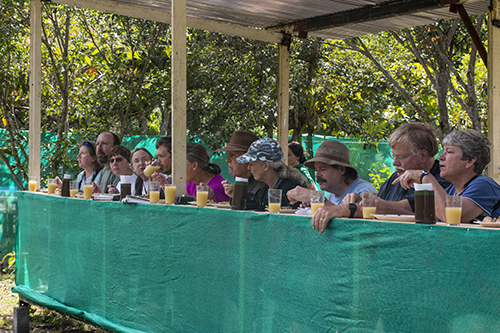





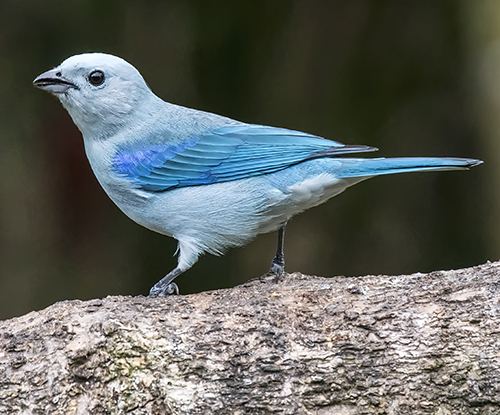
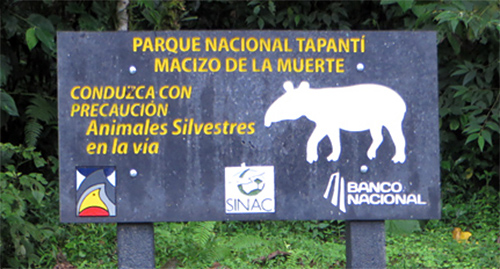
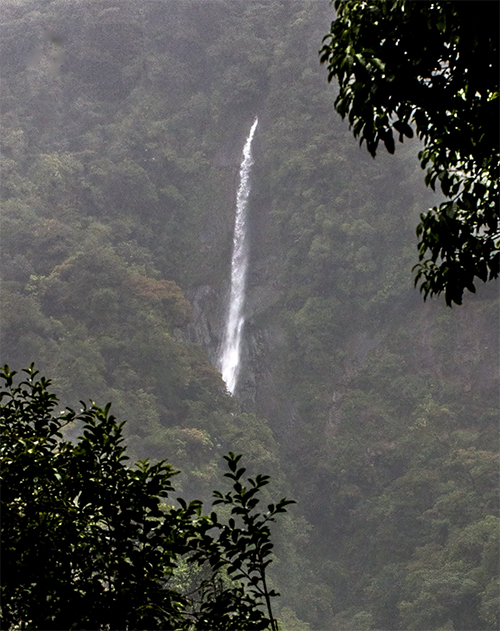

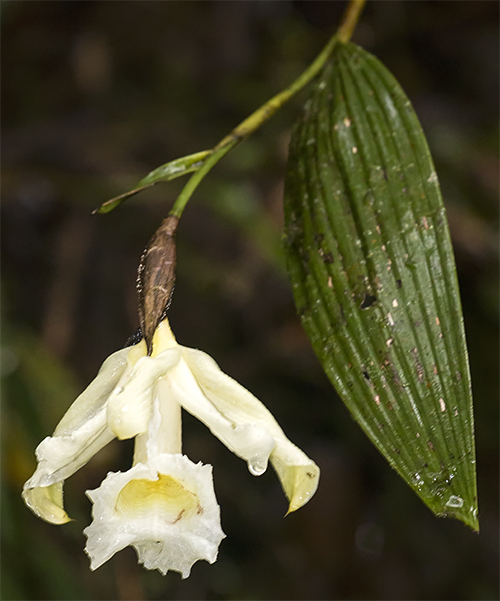
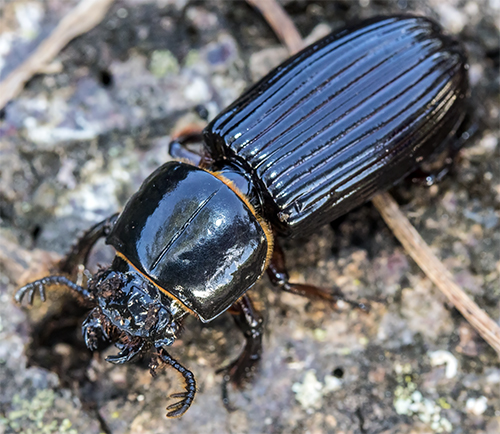

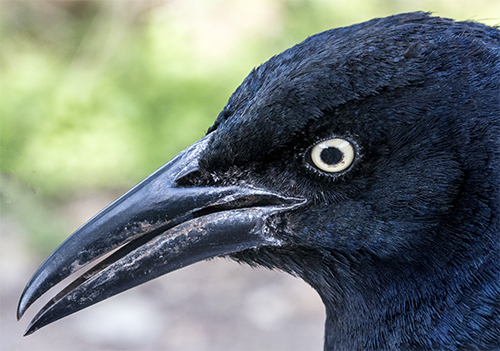
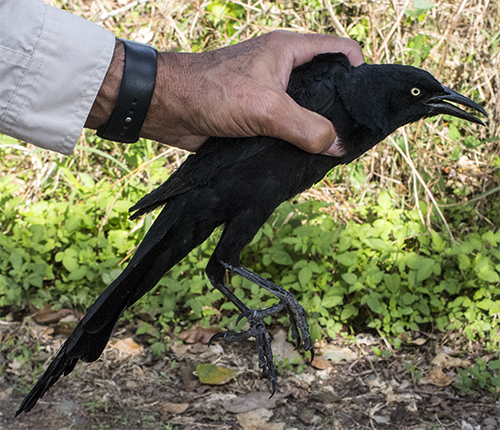

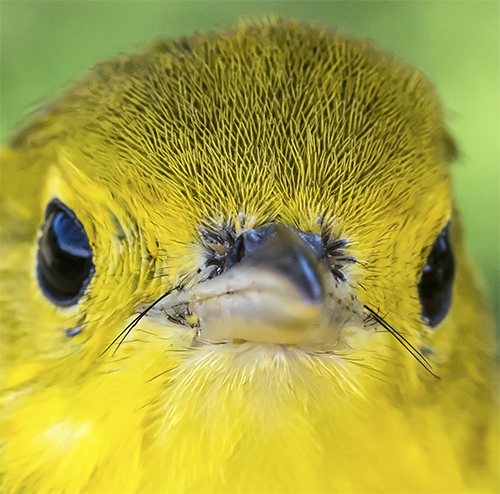




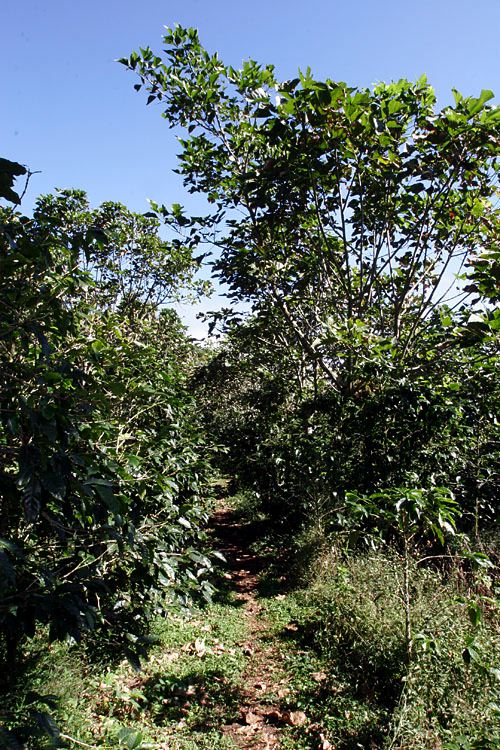

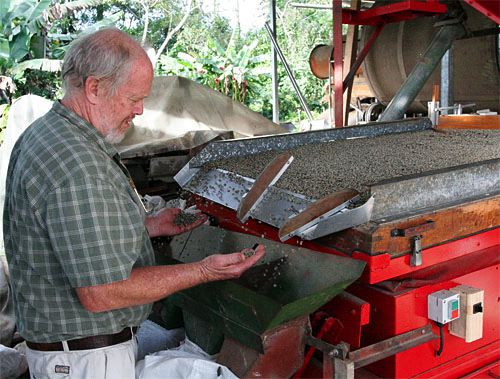
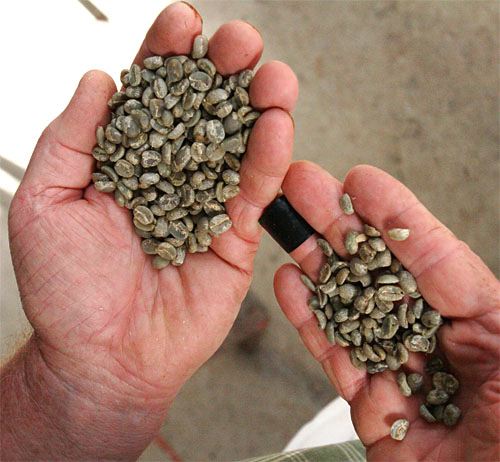
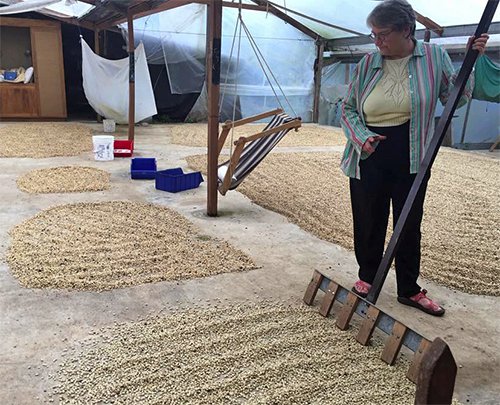


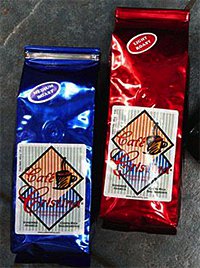
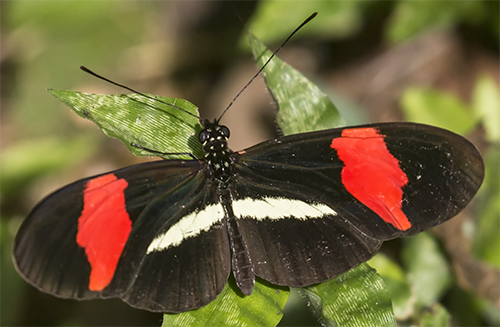
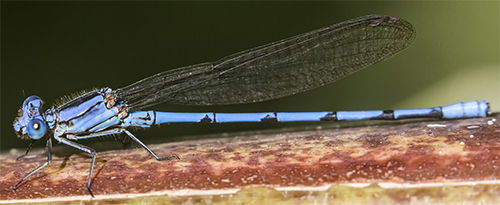
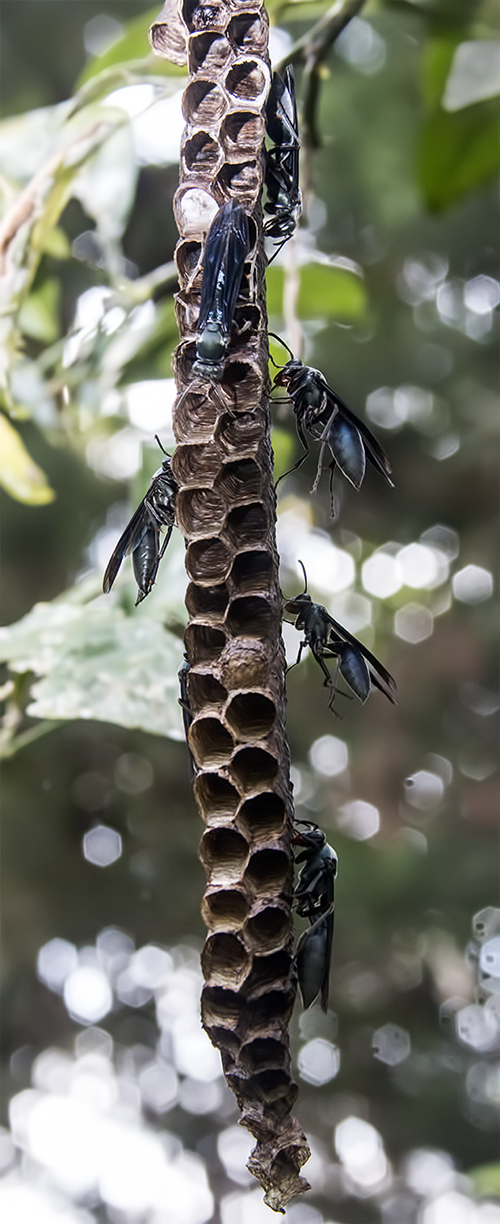
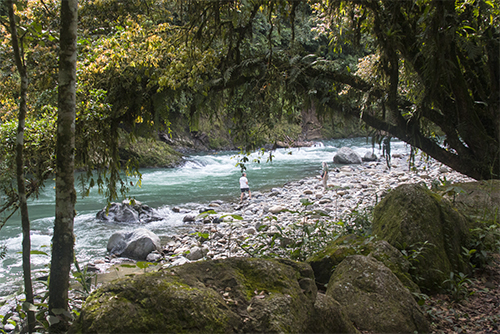
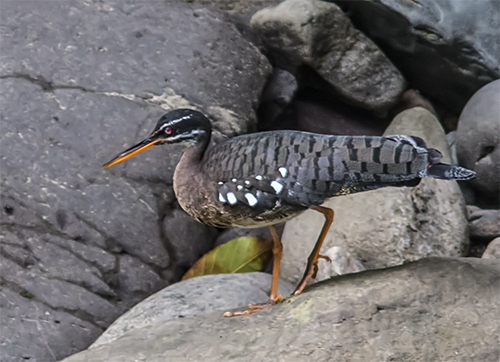

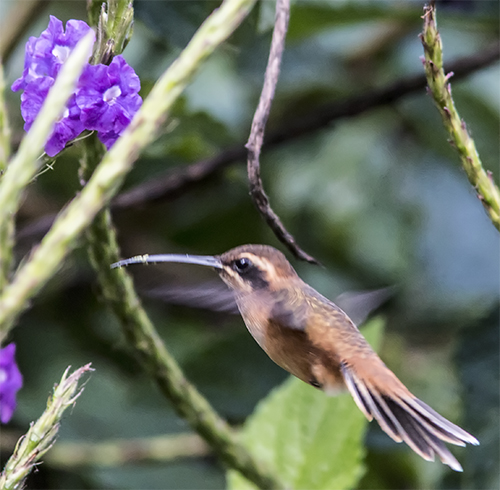
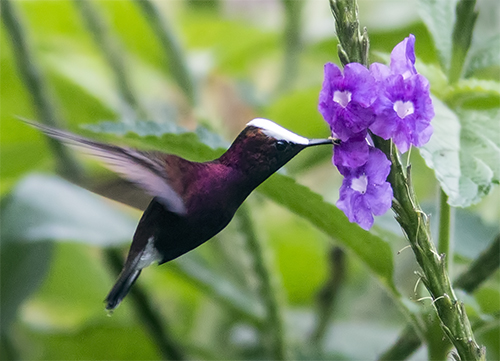
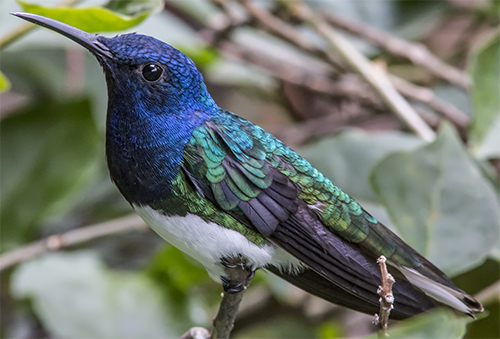
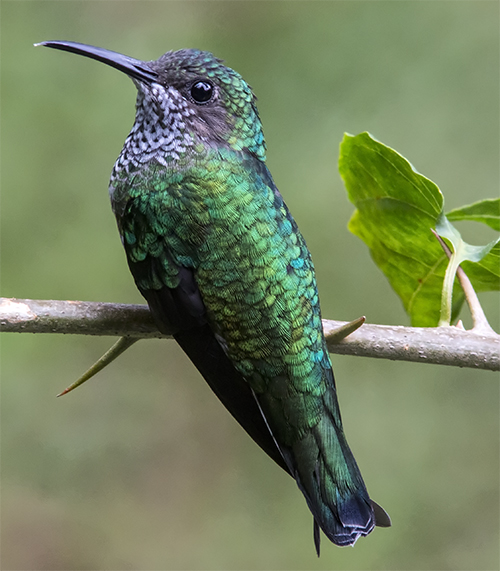
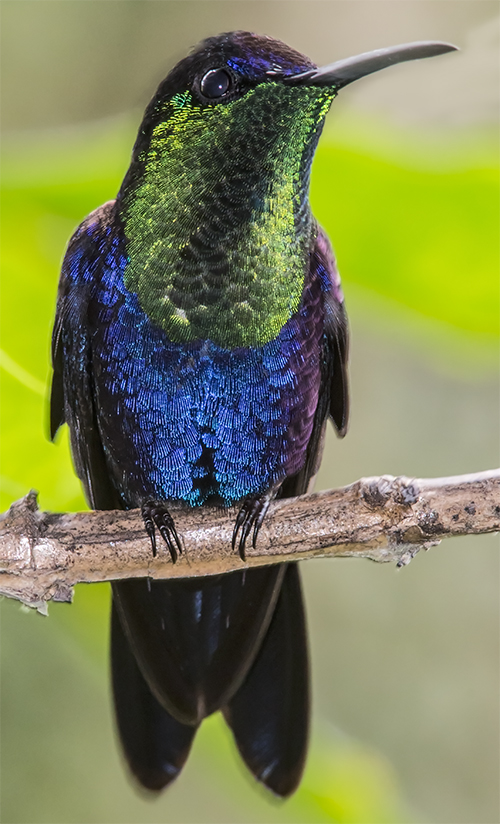
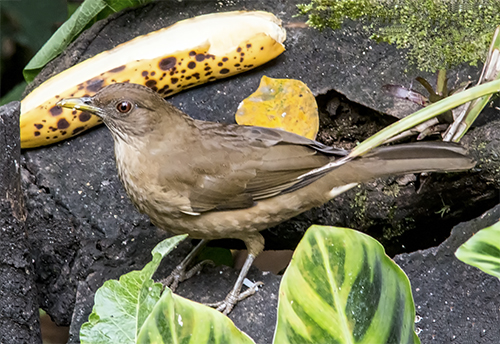


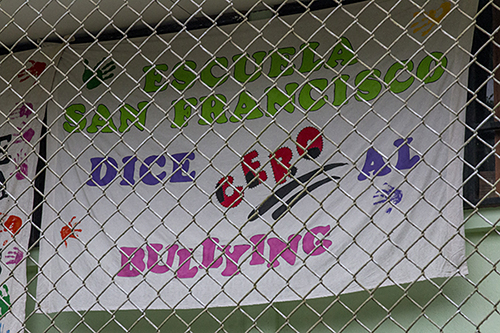

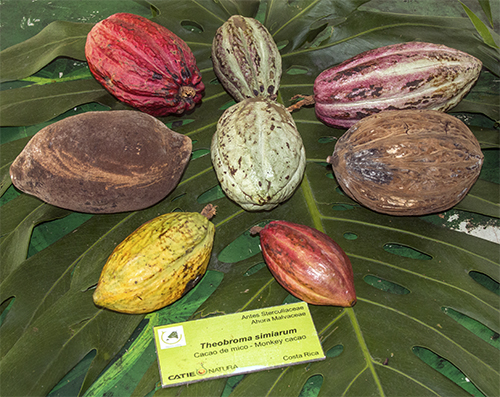
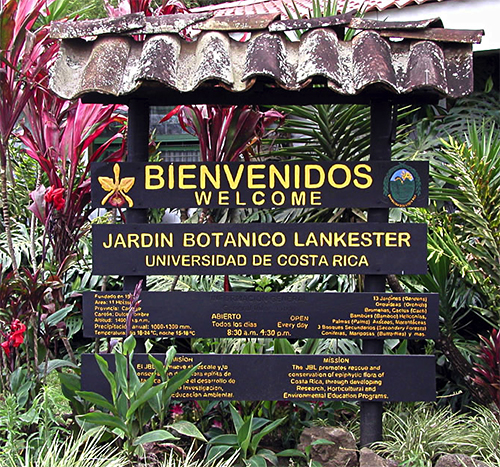

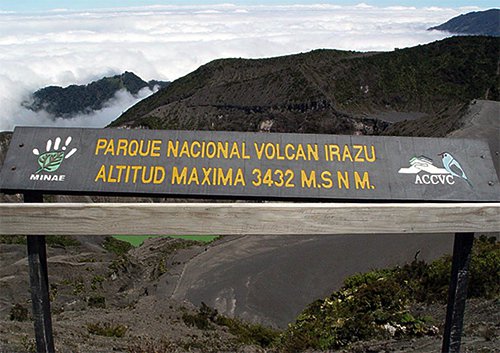

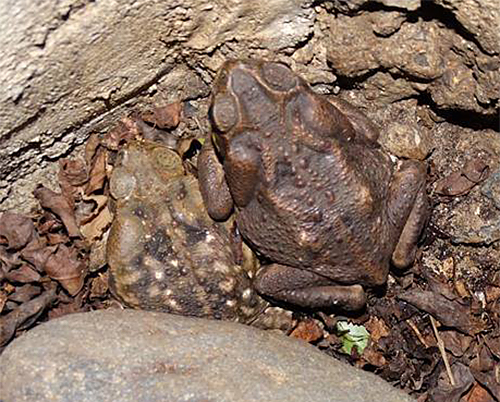

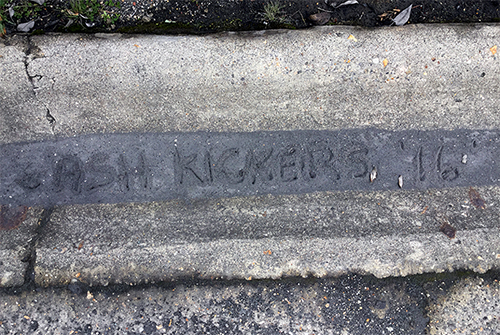

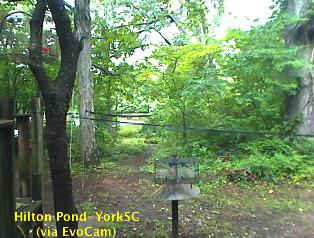


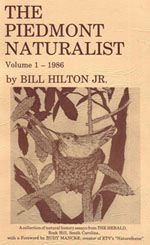



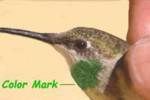 Please report your spring, summer &
Please report your spring, summer &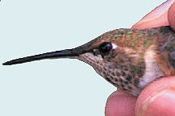 Oct 15 to Mar 15:
Oct 15 to Mar 15: